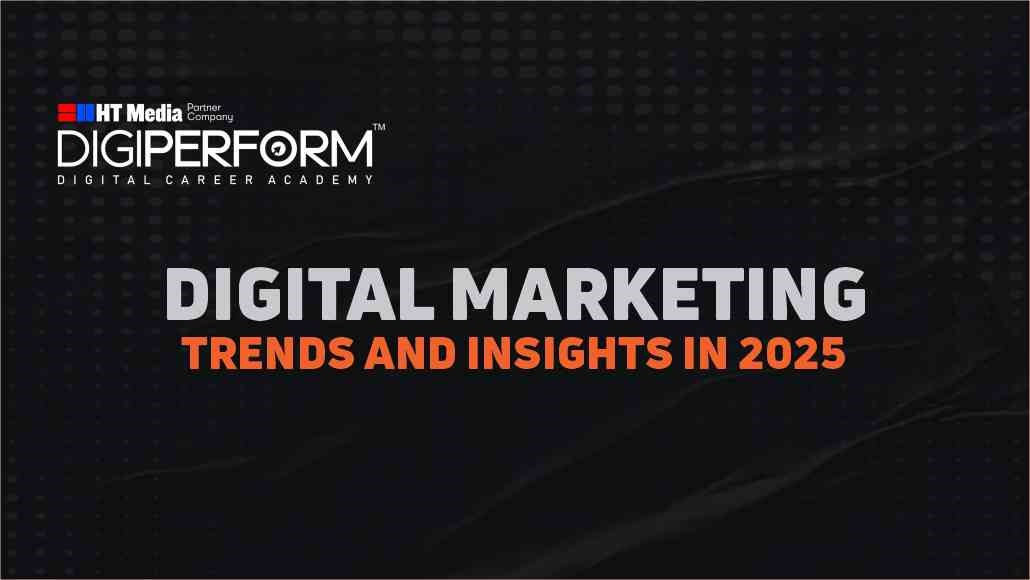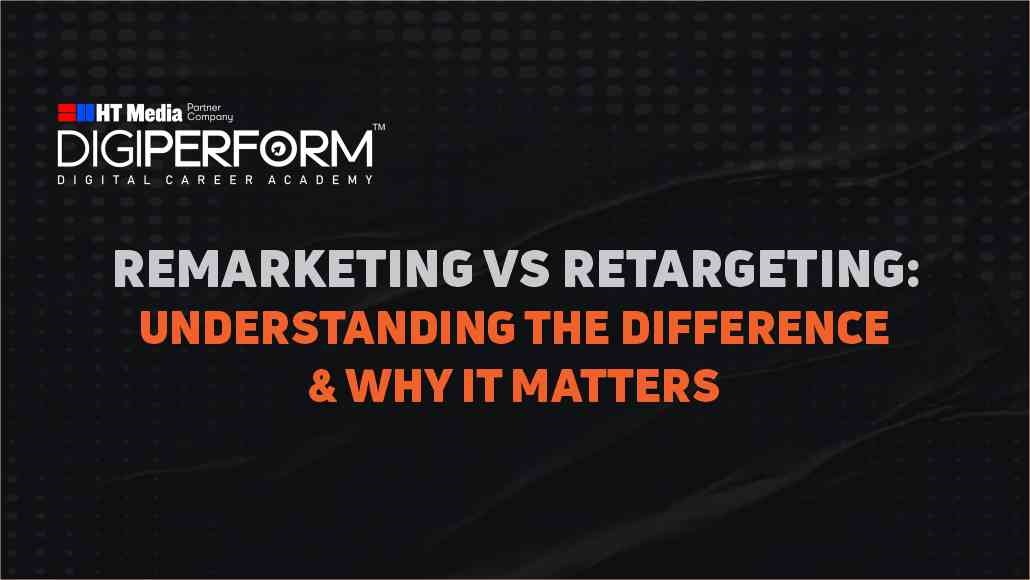As the New Year dawns, it brings with it a fresh wave of trends and opportunities for businesses to explore. In 2025, the landscape of digital marketing is transforming at an unprecedented pace, with innovations that challenge traditional approaches. Companies must be proactive and adaptable, staying ahead of these rapid changes to maintain a competitive edge. At the forefront of this evolution are ground-breaking technologies such as artificial intelligence and automation, which are reshaping how businesses interact with their customers. Digital marketing is a trending industry, offering professionals a chance to learn the latest strategies and win the online market. Personalization is becoming a key focus, allowing brands to create tailored experiences that resonate with individual preferences and behaviors.
This guide will delve into the most significant trends and insights that are influencing the Internet marketing arena in 2025, equipping businesses with the knowledge they need to thrive in this dynamic environment.
Trends in 2025: What’s Changing in Digital Marketing?
1. AI-Powered Marketing Strategies
Artificial Intelligence (AI) is fundamentally reshaping the dynamics of Internet Marketing. By leveraging advanced AI-driven analytics and sophisticated predictive modelling, businesses are now empowered to make more informed, strategic decisions that align closely with consumer behavior. The widespread integration of chatbots has revolutionized customer interactions, allowing for instant support and personalized experiences around the clock. Additionally, AI tools for digital marketing have evolved to automate content generation, ensuring high-quality, engaging materials that resonate with targeted audiences ensuring that brand messaging is both effective and relevant. AI-powered customer support systems are also streamlining communication, enhancing service efficiency and satisfaction. Companies that effectively harness AI technology not only optimize their operational processes but also secure a significant competitive edge in an increasingly saturated marketplace.
2. Hyper-Personalization and Customer Experience
In today’s market, consumers have an ever-growing appetite for content that is tailored specifically to their individual preferences and needs. With the rise of sophisticated data analytics tools, brands are better equipped than ever to craft highly personalized marketing campaigns that resonate on a deeper level with their audiences. This hyper-personalization enhances engagement, driving not just higher conversion rates but also fostering stronger customer loyalty that lasts long after the initial sale. By utilizing AI-powered tools to meticulously analyze user behavior and interactions, companies can deliver customized experiences that feel both relevant and timely, thereby forging stronger connections with their customers.
3. Voice Search Optimization
The proliferation of voice assistants like Alexa, Siri, and Google Assistant is significantly altering search behaviors, pushing marketers to adapt their strategies accordingly. To effectively reach consumers utilizing voice search, marketers must optimize their content for conversational queries. This includes focusing on long-tail keywords and applying natural language processing to enhance voice search SEO. Voice technology is shaping the future of marketing, making it essential for brands to align with this shift to improve their visibility and accessibility in a voice-dominated digital landscape.
4. Video Marketing Domination
Short-form videos continue to reign supreme across social media platforms, with services such as TikTok, Instagram Reels, and YouTube Shorts leading the charge in driving user engagement. The popularity of live streaming and interactive video formats is also on the rise, offering brands unique opportunities to connect with their audiences in real time. Leveraging the right video marketing tools can help businesses create high-quality, engaging content that not only boosts brand visibility but also enhances user retention, making it an essential tool for modern marketing strategies.
5. Social Commerce Expansion
Social media has rapidly evolved into a major commerce hub, where platforms like Instagram, Facebook, and TikTok facilitate seamless shopping experiences. Brands are now integrating shoppable posts, live shopping features, and influencer marketing tactics to enhance sales. This convergence of social media and e-commerce allows brands to reach consumers in their preferred online environments, making shopping more convenient and engaging.
6. The Rise of the Metaverse and Virtual Reality (VR) Marketing
The concept of the metaverse is revolutionizing how digital interactions occur, prompting brands to explore the potential of VR marketing. Companies are experimenting with virtual showrooms, 3D advertisements, and immersive storytelling experiences that redefine online engagement. Digital marketing in the virtual gaming world is paving the way for innovative brand experiences, allowing businesses to create captivating interactions that resonate with users and promote deeper brand connections.
7. Sustainability and Ethical Marketing
As consumers become increasingly conscious of their purchasing decisions, there is a growing demand for transparency and eco-friendly practices from brands. Sustainable branding, ethical sourcing, and social responsibility initiatives are critical for enhancing brand credibility. Companies that adopt green marketing strategies not only cater to this conscientious consumer base but also cultivate loyal customers who value and support such initiatives. This alignment with consumer values can offer significant long-term benefits in today’s market.
In summary, the digital marketing landscape is poised for transformative changes driven by technology, consumer preferences, and ethical considerations. Brands that adapt to these trends will be better positioned for success in an evolving marketplace.
Insights: How Digital Marketing is Evolving
1. Data Privacy and Cookie less Marketing
With stricter data regulations, brands must adopt new strategies. First-party data collection, contextual advertising, and privacy-focused marketing become essential. Transparency builds trust with consumers.
2. Influencer Marketing 2.0
Influencer marketing is shifting towards authenticity. Micro-influencers and nano-influencers gain popularity due to higher engagement rates. Brands focus on long-term partnerships rather than one-time collaborations.
3. Blockchain in Digital Marketing
Blockchain enhances transparency in advertising. It prevents ad fraud and ensures data security. Smart contracts streamline influencer agreements and digital ad payments.
How to Use These Trends and Insights Effectively
1. Leverage AI and Automation
Implement AI tools for content creation, chatbots, and customer analytics. Use predictive analytics to optimize marketing strategies.
2. Optimize for Voice Search and Conversational AI
Incorporate natural language keywords. Focus on local SEO and FAQ-based content. Ensure mobile-friendliness for voice search optimization.
3. Invest in Video Marketing
Create engaging short-form videos. Utilize live streaming for brand interaction. Repurpose long-form content into bite-sized clips.
4. Enhance Social Commerce Strategies
Integrate shopping features into social media platforms. Partner with influencers for product promotions. Utilize AR filters for virtual try-ons.
5. Prioritize Data Privacy and Transparency
Adopt ethical data collection practices. Use privacy-compliant advertising strategies. Communicate transparency in data handling.
Final Thoughts: Staying Ahead in 2025
Digital marketing is changing quickly in response to new technologies and consumer habits. Businesses must actively use AI-powered marketing tools to analyze data and personalize their marketing strategies to connect better with their audiences. Additionally, as consumer behaviors shift and regulations evolve, companies need to stay informed and adapt their practices accordingly. By understanding and leveraging these emerging trends and insights, brands can position themselves for sustainable growth and success in 2025.
Written By Astha Jain







